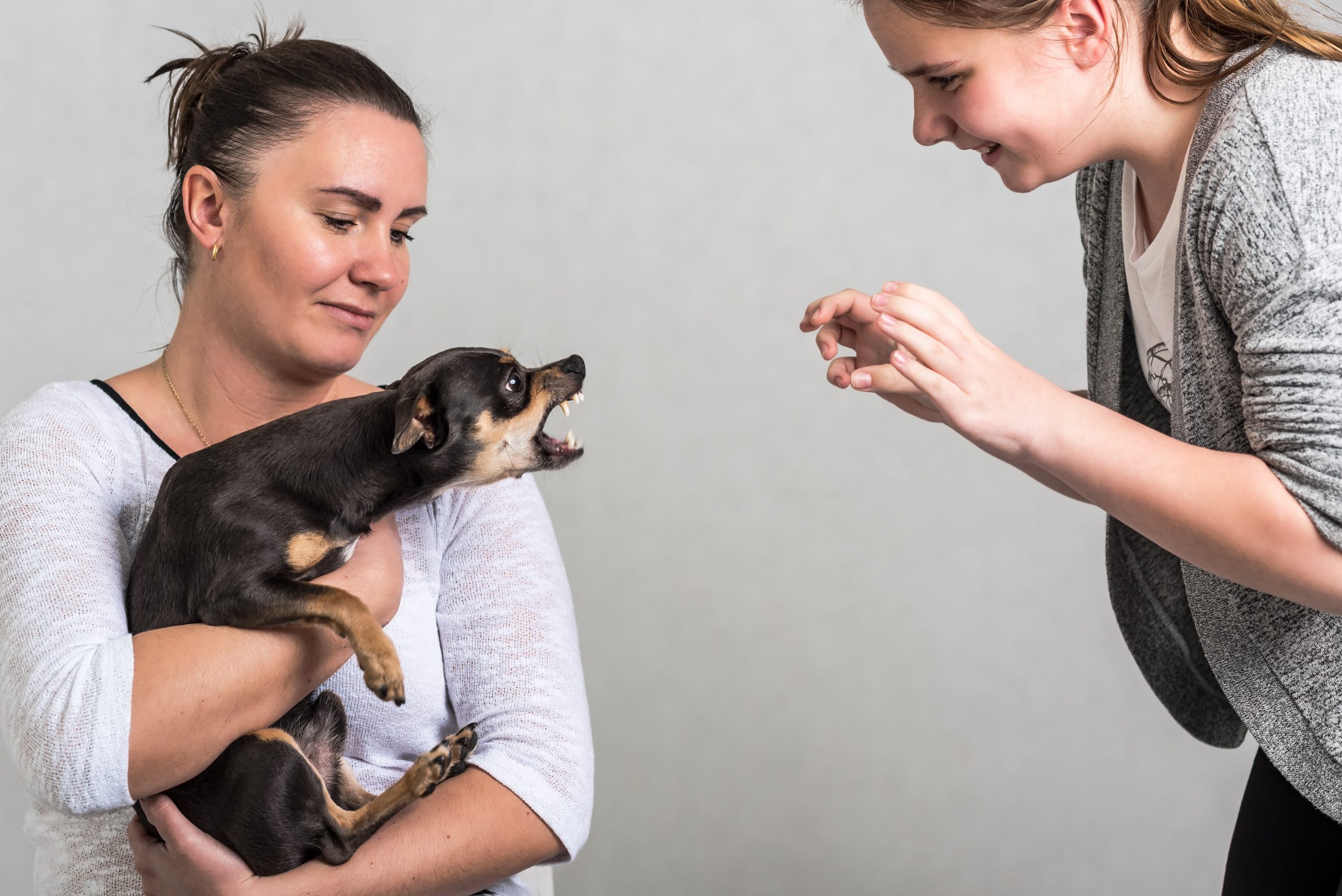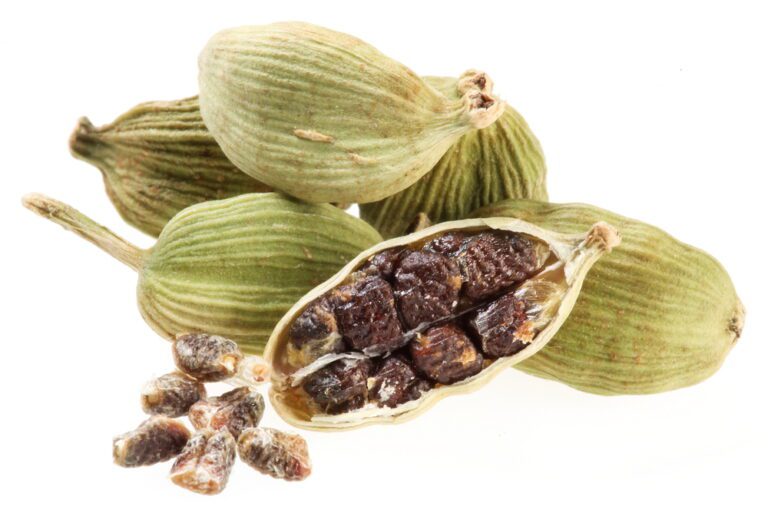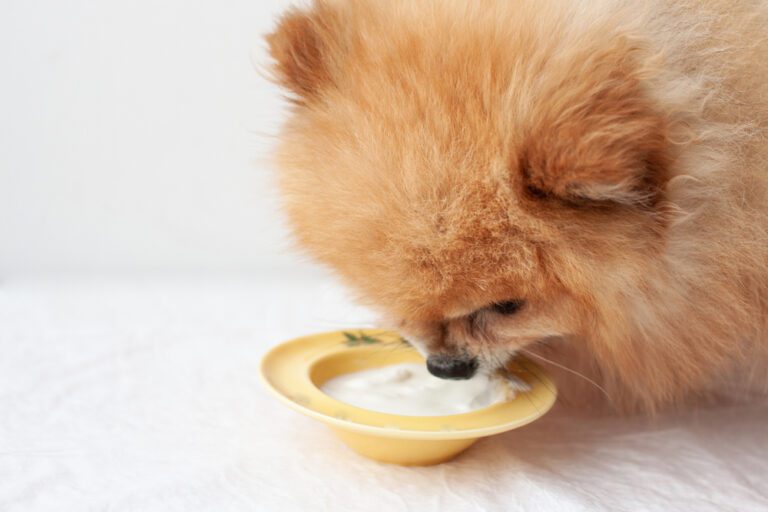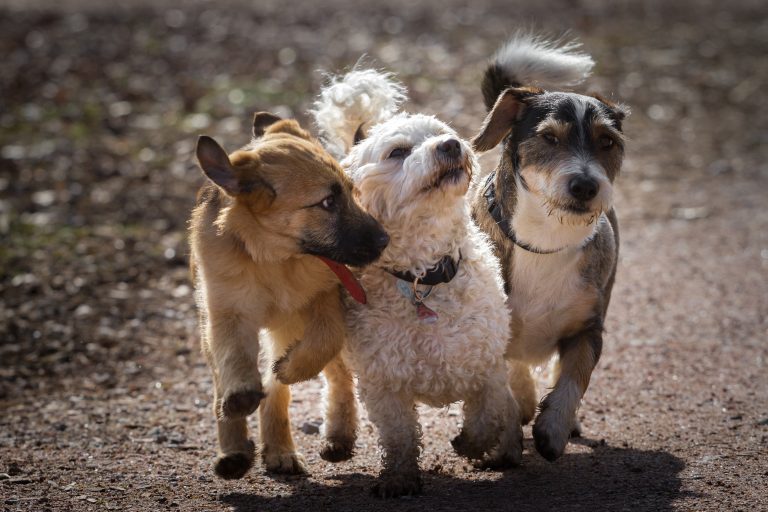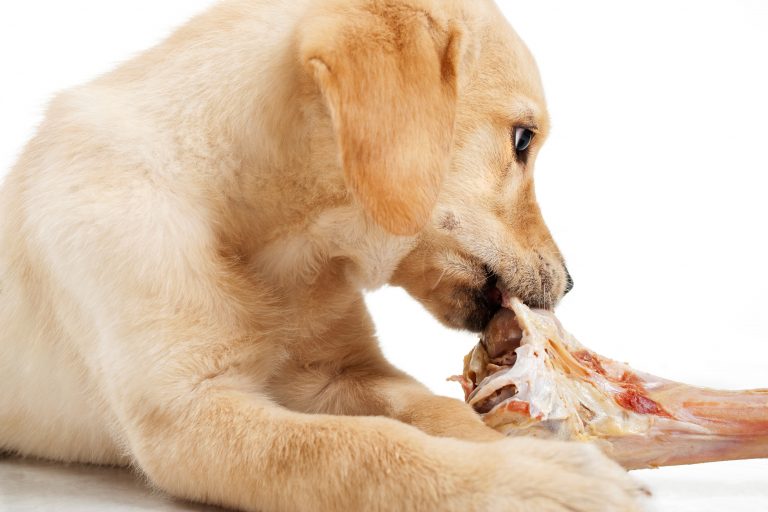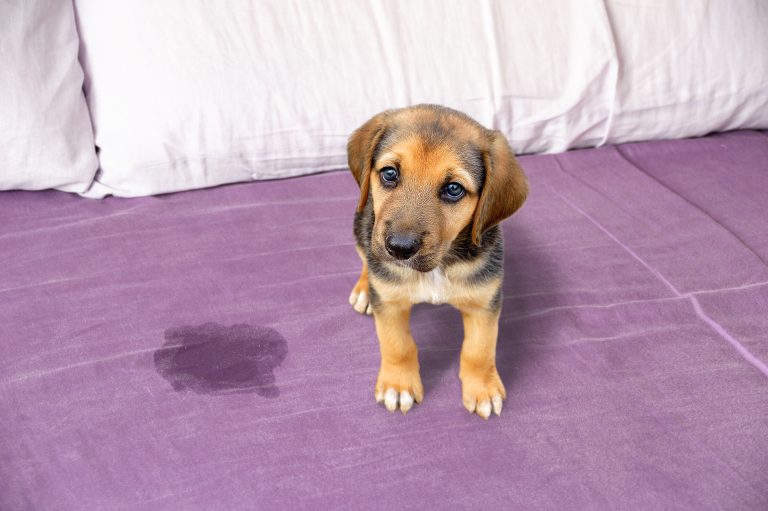How To Stop Dog Aggression: 5 Tips To Start Using Today
Dogs exhibit a myriad of emotions over a lifetime. These include positive and negative emotions, also familiar and uncomfortable feelings. Aggression is typical in dogs especially in situations where their more hostile nature is called for. But when this aggression disrupts the normal flow of your day, it could be more pressing than you’d think.
How to stop dog aggression?
The right combination of obedience training, house training, multi-step conditioning, positive reinforcement, and a calm environment would bring tremendous help towards managing your canine’s aggression. While dogs tend to be aggressive at chosen moments, it can be corrected through consistent and proper behavior modification.
Keep reading to know how to stop dog aggression altogether by applying five practical and doable tips we share in this blog post. We also recommend top Amazon products that can help you ease into the routine of managing canine hostility and work towards calmer days ahead with your ever-loyal Fido.
Understanding Canine Hostility
Understanding your dog’s hostility is the key to addressing this issue altogether. As we briefly discussed in our previous blog post, there are different types of aggression dogs exhibit. These are (1) territorial, (2) protective, (3) possessive, (4) fearful, (5) redirected, (6) social, (7) defensive, (8) pain-related, and (9) sexual.
Here’s a recap of each type of aggression:
Territorial pertains to aggression displayed concerning territories and intruders trespassing these areas. Protective aggression is performed by canines to show protection over another animal or a human. This is also referred to as maternal aggression.
Possessive aggression, also known as resource guarding, is displayed when perceived valuable items are present. A possession aggressive dog may exhibit growling, biting, or retreating and isolating. Fearful dogs are generally anxious dogs that perceive plenty of elements in their surroundings as a threat, even in familiar spaces. Dogs that display redirected aggression are often looking for agents of their aggression, for example when attempting to break a fight.
Social aggression is rampant in canines with a lack of social skills, outdoor exposure, and socialization training while defensive aggressive dogs prefer isolation as the first step of seeking comfort. They never retaliate unless provoked. Much like humans, dogs also tend to show aggression when in pain or when suffering from sexual-related frustrations.
Having a background of the information we just shared will help you get closer to the practical and doable solutions on how to stop dog aggression so you can live a more peaceful and meaningful life with your furry pal.
Details are vital for pawrents who need careful guidance in major matters like aggression in dogs. That’s why we’re here to provide all the details you need. No need to go out of your way to find quality answers. We do the tell-all in this blog post!
Tip No. 1: Obedience Training
Obedience training is a huge part of a dog’s life. You can very much distinguish a dog that has been trained or which lacked the etiquettes. Obedience training can help combat general hostility in canines. Moreover, in particular, it can provide drastic improvements to dogs possessing territorial aggression.
A territorial canine’s typical behavior includes snapping, biting, lunging, growling, aggressive barking, and even freezing in place. Obedience training will teach your dog to be calmer and more composed during tense situations. This also plays as a great foundation for more complex training in the future.
According to the American Kennel Club (AKC), a puppy’s set of basic cues include “come,” “sit,” “down,” “stay,” and loose-leash walking. On the upside, it’s never too late for your adult canine to receive obedience training. You may start indoors and add challenges, commands, and cues as your dog progress into the training.
This may even include hard tricks to teach dogs. Over time, they will learn the actual parameters of your “territory,” which humans or objects are deemed threats, and which are not.
With dedicated training, there’s hope for your aggressive Fido to get in touch with their calmer nature and learn to be more composed in situations where they would otherwise be hostile. Obedience training may also address their anxiety and combat fearful aggression.
We Recommend: Stewart Freeze-Dried Dog Treats
Training sessions can be mentally demanding for dogs. You can make it more rewarding with the Stewart Freeze-Dried Dog Treats! Rewarding your furry friend with a treat each time they have successfully followed an instruction will encourage them to perform better at training.
Available in Chicken Liver, Turkey Liver, Beef Liver, Pork Liver, Salmon, Chicken, Duck Liver, Lamb Liver, and Cheddar Cheese, there are simply too many flavors to choose from! Each treat is 100% sourced and carefully packed to preserve the meaty (and cheesy!) goodness of the tubbed treats.

It’s made with single-ingredient grain that is human-grade, as well as free from grains, gluten, soy, and corn. There are no artificial flavors, colorings, or preservatives, so you can be sure that you’re serving Fido with high-quality treats while applying techniques on how to stop dog aggression.
We Recommend: Wellness Soft Puppy Bites
With all kinds of training, it’s better to start ‘em young. We couldn’t agree more that puppies have a better retentive memory, which is why they can better understand commands and cues than older canines. You can make training more bearable and fun for your young Fido by providing delicious treats that encourage positive behavior.
These Wellness Soft Puppy Bites come in a bag of 3 ounces, 6 ounces, and 8 ounces. The treats are made with a nutritious combination of fresh meat and vitamins. Moist and tasty as can be, superfoods like sweet potatoes and blueberries can even be found in this pack of goodies.

Great for dogs beyond their puppyhood, these soft bites are suitable for seniors and adult dogs of any breed and size. Don’t be surprised if your pup cooperates 100% in your training sessions when you bring a bag of these Wellness Soft Puppy Bites with you!
Tip No. 2: House Train Adult Canines
You may find your canine randomly urinating in unusual spots. Don’t confuse this with potty training issues, though. Urine marking is a subtle form of territorial aggression that requires an immediate solution. Fecal marking is also a thing among dogs but is not as common as urine marking in terms of territorial aggression.
There are various reasons why your dog would exhibit this behavior. There may be new items in the house. They may be showing dominance over other pets. There could be the scent of another dog on a specific object. Re-establishing territory is also a common behavior among territorial dogs. With medical concerns, your canine could be in heat while remaining non-spayed or non-neutered, or they could be suffering from a urinary medical issue.
When your canine starts to mark with urine more and more, the best solution is to be house training Fido. It’s definitely more challenging for older dogs, but achievable, nonetheless.
AKC suggests, start with a systematic feeding system. This can re-establish their potty break time and help your dog ease into the new routine. Serve their food at a designated time consistently. Retrieve their bowls after 10 to 15 minutes, whether or not the food is finished. This will teach your dog that they’re only given a window to eat. Not abiding by these soft rules will leave them hungry until the next mealtime. Trust us, your dog will remember to eat on time the next time around!
Once it’s potty time, stay out long enough to let your dog pee and empty their bowels completely to avoid making further accidents indoors. Continue this process until your dog is absolutely used to it.
Tip No. 3: Multi-Step Conditioning Process
As Pavlov had made famous, classical conditioning is learned through association. In this case, training your canine would require multiple steps rather than just a singular one. When done effectively, this kind of method addresses possessive aggression, particularly involving food and items perceived as valuable.
So what are the signs of a dog with possessive behavior? They may depict growling when their food bowl is approached. They may also snap or bite the hands of a person when attempting to take away their valued item. Fighting with other dogs over an object is also a common scenario among canines.
Dogs may show various levels of aggression, depending on how they deem the worth of the object. Some show a calmer stance where they simply retreat in isolation or freeze in place when you’re trying to take away something from them. They’ll simply accept the situation and not attack the person.
There are different causes of this behavior. The dog could have acquired it from its mother or littermates. It could have been caused by a dog rivalry or dispute. From non-genetic causes, the dog may be exhibiting shelter dog syndromes.
Such as in the case of food, practicing multi-step conditioning can help your canine wean off from their possessiveness around food.
Wait for a time when they’re latching on to a specific object, then show an alternative that is more favorable. Once they let go of the object, take it away from them and command cues to prevent them from showing their aggression. Give a reward when they show positive behavior and calmly return their valued item. This shows that they can get resources without requiring hostility and they can get a reward for behaving well.
Also, only give highly valuable items in confined or controlled situations. Possibly while the dog is in a crate, in a separate room, or with their back against other dogs to have no visible threat.
Tip No. 4: Combo of Obedience Training + Positive Reinforcement
We discussed obedience training a while back. If you combine this with positive reinforcement, you can properly stop your canine’s protective aggression. Keep in mind that protective behavior (protecting from actual threats) is different from protective aggression (perceived threat).
Canines have an instinctive behavior to protect. However, it can go overboard. A protective dog is alert but calm, vigilant but unharming, focused on the unfamiliar person but returns to its normal stance when there is confirmed no threat.
On the other hand, a protective aggressive dog immediately barks at the presence of a stranger. They have a strong tendency to lunge, snap, bare their teeth, raise their hackles, and stand at a threatening stance. Such are the behaviors that need to be corrected.
Positive reinforcement teaches your dog the proper etiquette around strangers by giving them appropriate commands. The best moment to practice this technique is during a leisurely walk outdoors. When your canine detects a “threat”, stand 10 feet away from the person. This is far enough to prevent attacks yet close enough for Fido to get familiar with the scent and the scenario.
Always have your dog on a leash and a strong harness. Even with regular training, their actions are still unpredictable. Set the mood by showing your dog that no threat is in the way. At the same time, be alert of your dog’s change in mood and body language.
We Recommend: Rabbitgoo Dog Harness
Aggression in dogs shouldn’t be taken lightly. They may start as unusual reactions, but can, later on, get worse. If you’re asking how to stop dog aggression, chances are that you’ve already seen some display of it. It’s always better to act on it right away.
A strong harness will make training your dog easier and more convenient. When you’re out on a walk and your dog gets aggravated with a stranger, the Rabbitgoo Dog Harness can make your dog stay in place.
This harness is available in sizes Small to X-Large. It has a no-pull and no-choke system that makes the whole collar design safer and more comfortable for your beloved canine. It’s perfect for casual side walking and rougher terrain strolling like during treks, hikes, and jogs.

It features two fast-release buckles that make putting the harness on and off an absolute dream. The whole harness is fully adjustable to fit well on your dog’s body without any sense of discomfort, tightness, or looseness. Overall, it will make you feel in control while managing your dog’s aggression in style.
Tip No. 5: Positive Associations + Calm Environment
When it comes to fearful aggression (thrown in with territorial aggression), positive associations matched with a calm environment are the key method on how to stop dog aggression. Just like in humans, fearful aggression in dogs is a form of self-defense expressed towards people, animals, and even objects.
Dogs with fearful aggression or heightened anxiety are in a constant fight-or-flight mode. It’s normal for them to be easily bothered with sudden noise or movements, or intrusion into their space. Other factors like interaction with strangers, jerky movements, people that look different (wearing clothing or accessories that hide their identity), and negative experiences in specific spaces all contribute to a dog’s fear-based aggression.
There are common body cues you can look out for: pulled-back ears, whale eyes, tense face, worried look, crouched stance and tucked tail. They may also avoid eye contact, tremble at the presence of the feared object/human/animal, pant excessively, or freeze in their stance. They are often pacing around and are more agitated than normal. A fearful dog would exhibit either hypervigilance or darting glances. Displacement behaviors also give context to the signs of anxiety among dogs.
In practicing positive associations with a calm environment, watch your dog’s body language to determine the signs of anxiety or fear. Know what threatens your dog, so you can pair negative happenings with positive associations like their favorite toys and treats. Communicate with your dog using essential cues for calming effects. Supplements, calming music of their choice, and body wraps can also reduce your dog’s anxious feelings.
We Recommend: Thundershirt Classic Dog Anxiety Jacket
It’s not easy to be an anxious dog and have no way of telling it. Sometimes your furkid may even be so anxious that it tried to run away from you. As an owner, we should be extra sensitive to the changes in our dog’s behavior and know when they need us. During those moments that our loving embrace is not enough, this Thundershirt Classic Dog Anxiety Jacket will make your beloved canine feel consoled.
The sizes are available in XX-S to 2XL. This makes a size available for every dog, no matter the breed, size, weight, and anxiety level. The Thundershirt works by providing a gentle compression on your dog’s entire back.

It’s a great dog jacket for events that commonly induce high-stress levels to canines, which includes elements like fireworks, travels, separation from the owner, and thunder. Each Thundershirt comes in a machine-washable material for your convenient washing. Let your dog pace freely while being brought comfort with the high-quality making of the Thundershirt Classic Dog Anxiety Jacket. This is just one of the best methods on how to stop dog aggression.
Final Thoughts: How To Stop Dog Aggression
Canine aggression is not present in every dog. On the rare occasion, they develop any type of hostility, you can do something about it through corrective behavior modification, partnered with positive reinforcement and rewards systems, as discussed above.
Dogs are not just fierce, smart, and protective. They’re every inch lovable and loyal, too. They only want what’s best for us (cue in protective aggression!), so they deserve the best treatment from us as well, whether they’re calm or hostile at the moment.
We hope this blog post is able to shed light on the practical advice you can apply in order to address your concern on how to stop dog aggression. We wish you the best of luck and happier days ahead with Fido!

